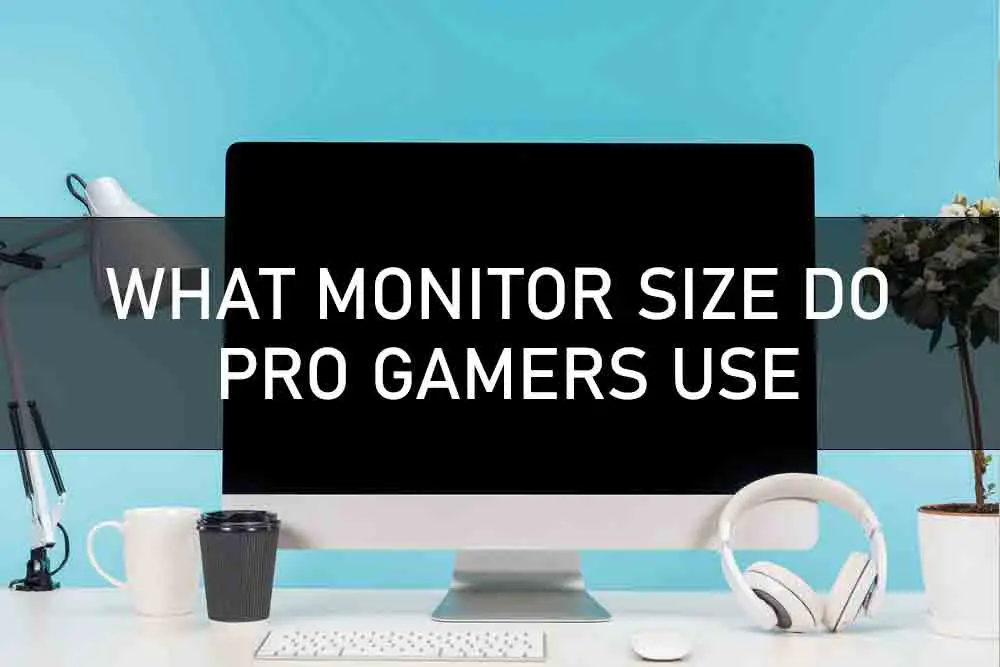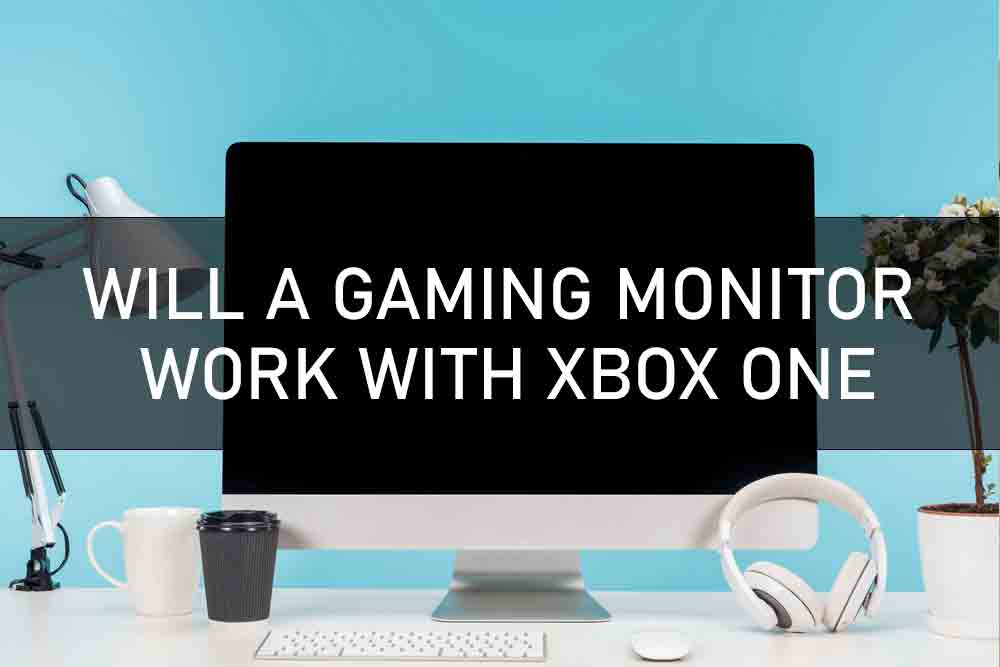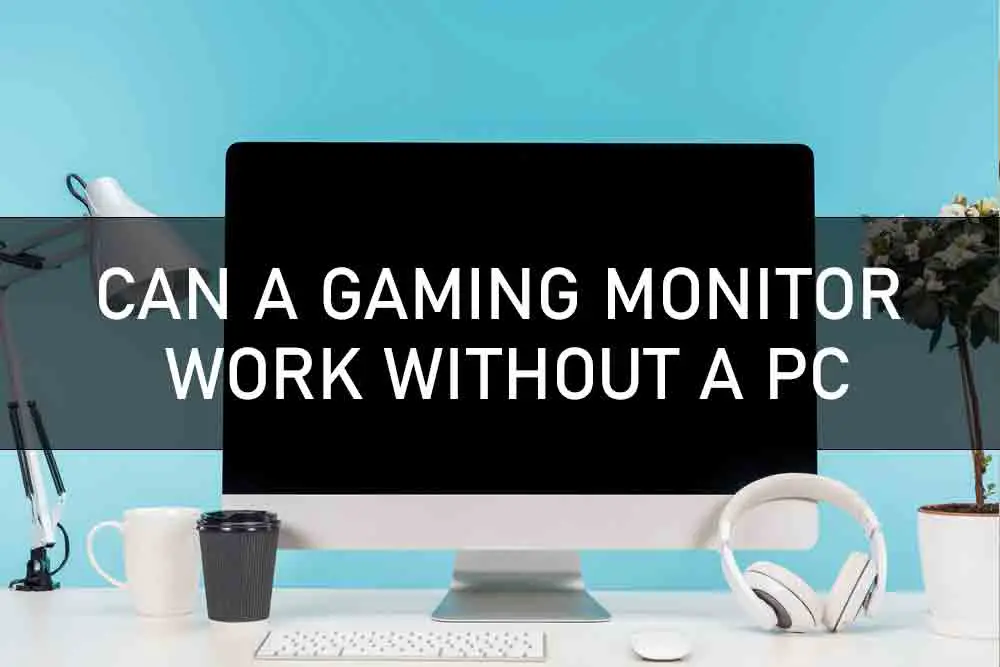A CAD monitor is a crucial element of any computer-aided design (CAD) system. To ensure that your work is done as efficiently and accurately as possible, you need to be sure that the monitor you’re selecting has the following features:
Resolution:
Make sure your monitor is capable of displaying at least 1280 x 1024. If you can afford it, get one that’s 1600 x 1200 or higher.
Monitor Size:
Your monitor should be large enough to display your design work comfortably but not so large that the pixels are apparent. A 19-inch monitor is ideal for most users, 22 inches is better.
Contrast Ratio:
The contrast ratio of a monitor is the difference between its whitest white and the darkest black. A high contrast ratio can help produce sharp images with well-defined colors that are true to life. Look for a monitor with a 700:1 or higher contrast ratio.
Response Time:
This figure tells you the amount of time it takes a pixel to change from black to white and then back again. Low is good — between 5ms and 12ms, with the lower numbers being better.
Pixel Density:
Pixel density refers to the number of pixels per square inch of screen. The more pixels your monitor contains, the sharper its images will be. Pixel density is usually measured in pixel/millimeter (mm), so you’ll see values like 120ppi, 160ppi, and 200ppi. Higher is better than 125ppi.
Aspect ratio:
The aspect ratio of a monitor is the relationship between its height and width. A good CAD monitor has an adjustable aspect ratio, so you can change the way your work appears onscreen as it changes from portrait to landscape modes. If you’re vertically challenged (like me), consider getting a 17-inch flat-panel monitor. They are easy on the neck!
Brightness:
The brightness adjustment is important because when you zoom in to work on details, you don’t want to lose sight of the big picture. A good monitor will allow you to adjust the image quality without affecting its performance.
Viewing Angle:
This is the angle at which you must view the screen to see all of its colors and shades. Most monitors have a viewing angle of 160 degrees. If your work area will require you to look down on your monitor or at a sharp angle, look for something that has a wider viewing angle.
Dot Pitch:
The dot pitch of a monitor helps determine how bright and clear the images will be. A low pixel pitch of 0.25mm for the NTSC standard, 0.28 mm for the PAL standard is best for most users.
Color Accuracy:
Color accuracy is critical when it comes to making the decision on which monitor to buy. I would personally recommend a CRT, but if you must have an LCD look for one which has a dynamic contrast ratio of 5000:1 or higher and 16.7 million colors.
Height Adjustable:
Make sure that your monitor can be adjusted vertically. Most CAD systems require the high and low of the screen to be within a few inches of each other so you don’t have to strain your eyes and neck to look at them.
Connectivity options:
If your design software supports multiple monitors, you’ll want to look for a monitor with this feature. USB ports on the monitor are also useful because they enable you to print directly from your CAD workstation.
Compatibility:
You should make sure that your monitor can display all the detailed colors of your CAD software. If you are using Windows, you should buy a monitor with at least 500 to 700 lines of horizontal resolution and capable of displaying 8-bit (256 colors) graphics. For Mac users, look for a monitor that displays at least 800 by 600 pixels with thousands of colors.
Dual Monitor Vs Ultrawide Or Super Wide Displays for CAD
People who are looking to upgrade their single display monitor for designing cars or airplanes might consider adding another one. A big benefit of matching dual displays is the increased screen real estate it provides to view drawing objects in AutoCAD software and Autodesk Inventor and to view images in Adobe Creative Suite. Over the past few years, we have seen a rise of dual-monitor setups for office work and watching movies but there’s never been a good reason to upgrade your CAD system to one offering two screens.
If you already own an ultrawide or super-wide display, you can keep using it and just add a second monitor of the same kind. Ultrawide and super-wide monitors give you a lot of screen real estate to work with, but they come with some disadvantages that aren’t an issue for single-monitor users. The first is that we sometimes see tearing on the display when we move or rotate objects on the screen. I believe that most CAD applications don’t yet fully support what these displays can do and some small updates might be necessary to fix this issue.
Another downside is that it’s difficult to close two monitors of this size on top of each other, so you might have difficulty finding desks and stands capable of holding them up at a proper height.
If you already have a dual-monitor setup, switching to two ultrawide or super-wide screens might offer the best of both worlds. You can keep using your existing displays and add one more or replace them all with a single big one. It’s a good option for designers who need lots of screen real estate but don’t want to put up with the downsides of ultra-wide or super-wide displays.
Conclusion:
When shopping for a new monitor, you must compare models by checking their specifications rather than making assumptions about them before testing them out yourself. The right monitor for you will be largely dependent upon your budget, but if you’re on a tight budget, don’t assume that the bottom-of-the-barrel product is your only option. Instead, focus on finding a quality monitor at an affordable price by comparing specifications between products.








